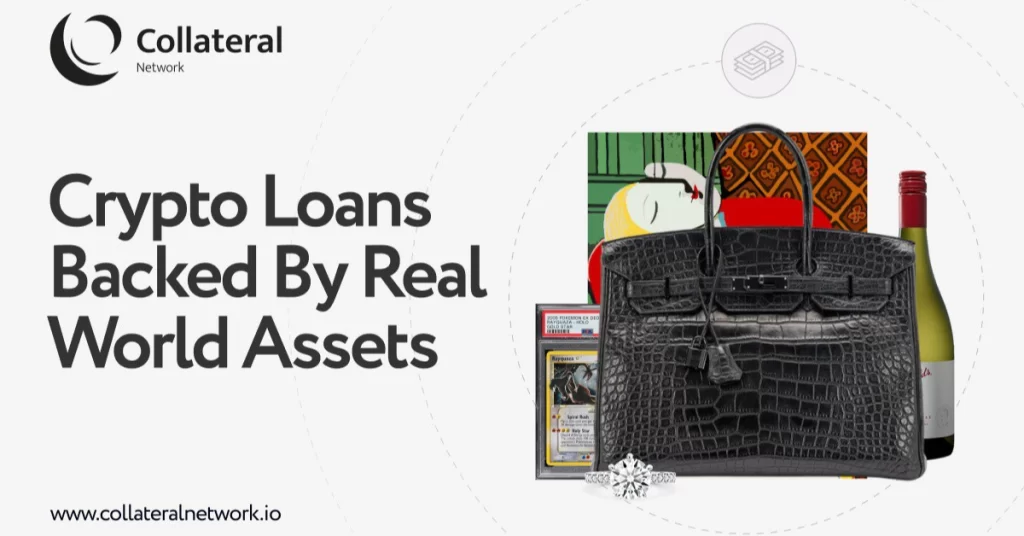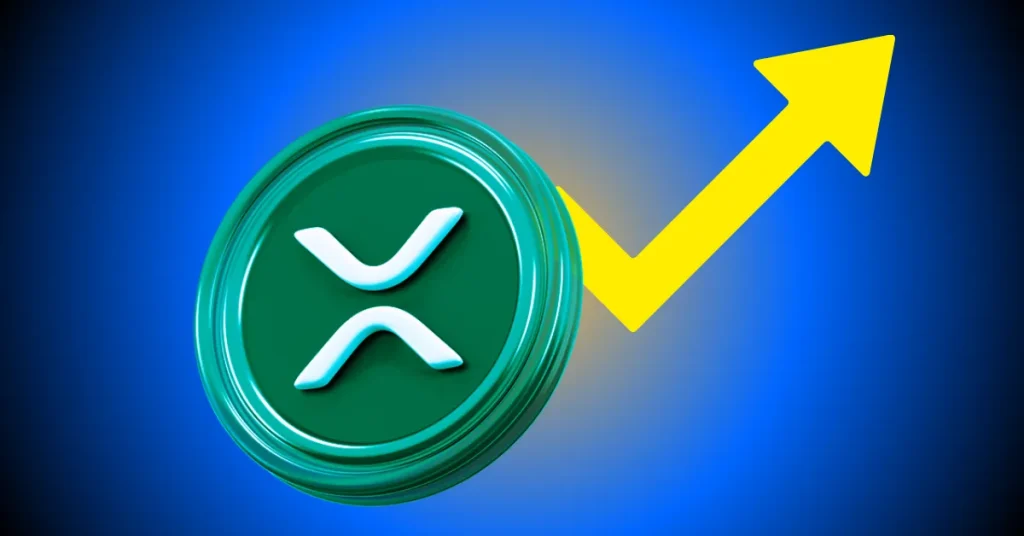
The post Investors Are Buying Dogecoin (DOGE) And Collateral Network (COLT) To Boost Their Portfolios, Here’s Why appeared first on Coinpedia Fintech News
Since 2021, Dogecoin (DOGE) has been a popular investment. Despite being created to mock the cryptocurrency industry, Dogecoin (DOGE) has become an international sensation, with a cult-like following worldwide.
As we move into April, Dogecoin (DOGE) and Collateral Network (COLT) are being purchased at record rates, with investors predicting price surges of 3,500% for Collateral Network (COLT) over the coming months.
Dogecoin (DOGE) Price Decreases But Investors Keep Buying
Dogecoin (DOGE) has decreased by 19.37% in the past month, taking its value to $0.07398. While this would usually be considered negative, it has only shown the strength of the Dogecoin (DOGE) community, who continue to buy more Dogecoin (DOGE) tokens.
Despite its lack of real-world applications, the Dogecoin (DOGE) community remains strong, with Elon Musk Tweeting a meme about “Letting the Doge out” on the 22nd of February. While this only caused a short term price spike, it created a much welcomed sense of excitement around Dogecoin (DOGE).
Although its price has failed to increase, many Dogecoin (DOGE) holders believe that Dogecoin (DOGE) will grow exponentially during the next bull market. Should this happen, those who buy Dogecoin (DOGE) now will maximize their returns, with Dogecoin (DOGE) currently being sold at a “discount.”
Collateral Network (COLT) Combines NFTs With Crowdlending
Collateral Network (COLT) is an innovative new crowdlending platform that uses NFT technology to create new opportunities for borrowers and lenders. With Collateral Network (COLT), borrowers can unlock cash from their real-world physical assets by creating asset-backed NFTs, while lenders can generate a passive income from capital they lend via the NFT fractions.
This innovative application bridges the gap between cryptocurrency and real-world assets, and gives borrowers the opportunity to access loans from lenders worldwide.
Built on the Ethereum blockchain, Collateral Network (COLT) lets borrowers receive cash from their assets in just 24 hours without leaving a credit footprint. This is complete without the need to jump through the traditional hoops and red tape, making borrowing against assets easy.
The Collateral Network (COLT) smart contract has already been successfully audited, making it safe for borrowers and lenders. Both parties using Collateral Network (COLT) while holding COLT tokens will earn several rewards such as staking bonuses to generate a passive income, trading discounts, and governance rights, which will let holders vote on policies such as the latest new listings.
Collateral Network (COLT) is currently in the first stage of its presale, with COLT tokens being sold for $0.01.
Currently, market analysts are predicting a 35x surge in price within the next few months, which would make Collateral Network (COLT) one of the best performing pre-sales in the market. With stage one looking to sell out soon and price increases imminent, there’s never been a better opportunity to optimize your portfolio.
Find out more about the Collateral Network presale here:
Website: https://www.collateralnetwork.io/
Presale: https://app.collateralnetwork.io/register
Telegram: https://t.me/collateralnwk
Twitter: https://twitter.com/Collateralnwk
| Disclaimer: This is a press release post. Coinpedia does not endorse or is responsible for any content, accuracy, quality, advertising, products, or other materials on this page. Readers should do their own research before taking any actions related to the company. The image used in the article is been obtained from a third party and is used for informational purposes only. Coinpedia should not be held responsible for image copyright issues. Please contact us immediately if you have any issues or concerns. |

 2 years ago
111
2 years ago
111















 English (US) ·
English (US) ·